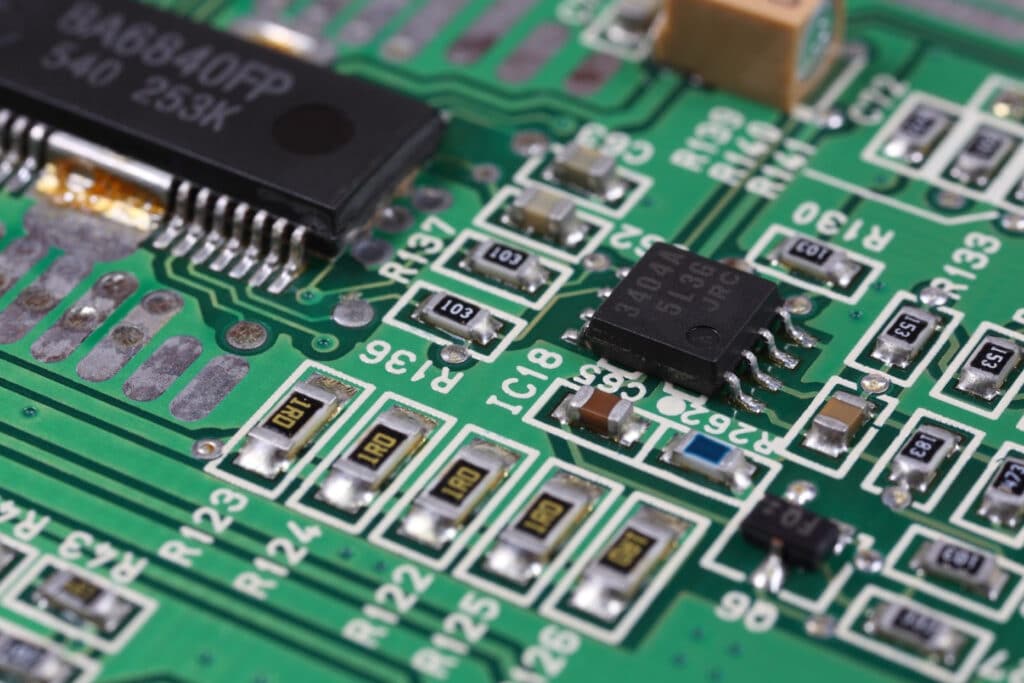
In electronics design, creating a schematic is just the first step. Before moving on to board production, it’s crucial to validate the design through simulation testing. This step, often overlooked, can save time, money, and resources.
Consider the case of a Designer eager to move forward with a new project. After drafting the schematic, the Engineer skipped running a test and proceeded directly to the PCB layout and production phase. During a design review by other Engineers, an ERC test was finally conducted, revealing several issues: unconnected wires and minor errors that could lead to significant malfunctions.
Thankfully, the errors were caught before the board was produced, but this oversight could have cost the business thousands of dollars in rework and delayed project timelines. This highlights the critical importance of running through simulations and checks before production.
This highlights the critical importance of running thorough checks before production. CADY software can help resolve this matter by automatically inspecting schematics to identify errors, such as unconnected wires or misconfigurations, before the design proceeds to layout. Utilizing this ensures that potential issues are caught early, avoiding costly mistakes and keeping projects on track.
This article explores the significant advantages of running simulation tests on your schematic design before committing to board production.
Design testing allows engineers to catch errors in the design at an early stage, before any physical components are manufactured. This proactive approach is invaluable, as it enables a thorough examination of the schematic under various conditions.
If a circuit has an incorrect resistor value that could lead to an overload, simulating the circuit can help identify this issue before fabrication. Engineers can make adjustments in the simulation, testing various resistor values, ensuring the design meets specifications without the risks associated with physical trials.
Finding and correcting errors in the schematic is far less expensive than fixing them after the PCB has been manufactured. The costs associated with rework, scrap material, and delayed project timelines can be substantial.
To ensure a circuit’s functionality before actual production, CADY software can provide essential checks by inspecting the schematic for design errors and verifying voltage rails across various nets. It can help identify issues like unconnected wires, incorrect net assignments, or mismatched component values that might not be visible in a basic analysis. CADY’s feedback enables designers to address these issues early, minimizing the risk of faults in later stages.
It also checks voltage levels across nets, alerting designers if a voltage rail deviates from expected values, and ensuring that all connections align with the intended design.
It also provides insights into the performance of various components within the circuit. This analysis can guide engineers in making informed decisions about component selection.
If you’re considering multiple values of capacitors, it can help determine which type offers the best performance in terms of capacitance stability and ripple current handling by reading the datasheet of your actual your actual component.
Easily compare different components to see which performs best under specified conditions, including parameters such as tolerance, temperature coefficient, and frequency response.
Dynamic Response Analysis: Assess how the circuit responds to changes in input signals over time, including transient response and steady-state behavior.
Failure Mode Analysis: Understand how the circuit might fail under specific conditions, allowing for design modifications to enhance reliability. By testing fault conditions, engineers can identify weak points in the design and take corrective actions. Here , design adjustments can be made to improve the design
Documentation: CADY software provides a detailed record of test results, which can be highly beneficial during design reviews and collaborative discussions. This documentation serves as a reference for current and future projects, streamlining decision-making and ensuring consistency.
When working with team members from different disciplines, such as firmware and PCB design, CADY’s documentation clarifies how the electronic design will integrate into the overall system.
In competitive markets, being able to rapidly iterate on a design can make the difference between leading the market and playing catch-up. Companies that leverage software like CADYs effectively can respond more quickly to changing customer demands or technological advancements.
Faster identification of design flaws leads to a more efficient workflow. Teams can focus on refining the design rather than getting bogged down by repeated iterations of physical builds.
While there is an upfront cost associated with some analysis software and tools, the long-term savings can be substantial.
Investing in tools like this may seem costly initially, but the savings realized from reducing errors and minimizing rework can far outweigh the initial investment. For instance, avoiding a costly redesign after a prototype has been built can save thousands in labor and materials.
Fewer design revisions mean less waste and lower overall manufacturing costs. Reducing the number of failed prototypes can result in significant savings.
Running electrical analysis tests on your schematic design before board production is not just a recommended step; it is a vital component of the design process. By identifying errors early, verifying functionality, optimizing component selection, predicting circuit behavior, enhancing collaboration, reducing time-to-market, and achieving cost efficiency, simulation significantly contributes to successful electronic design.
For those looking for a great solution, CADYs software excels at testing and checking your electronics design for errors before board production. By using CADYs, you can ensure a smoother transition from design to production, ultimately leading to better products and satisfied customers. Check it out to enhance your design workflow and reduce risks effectively.